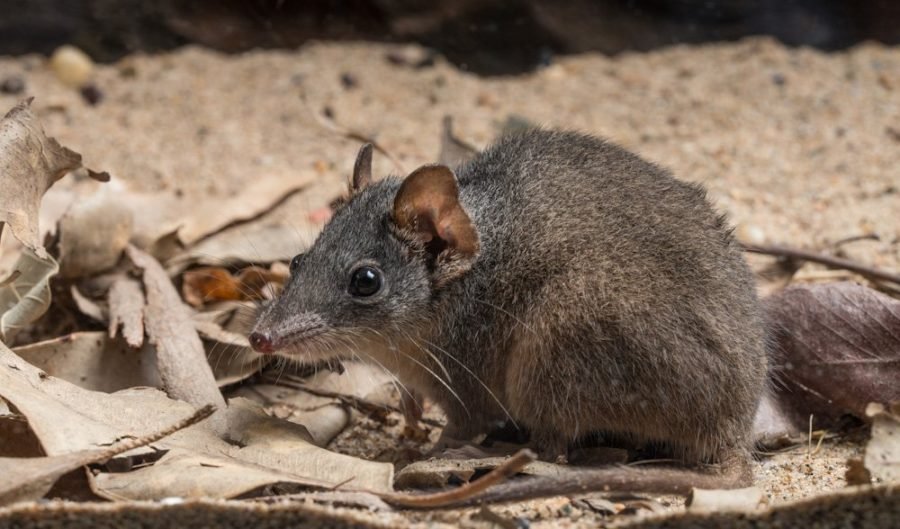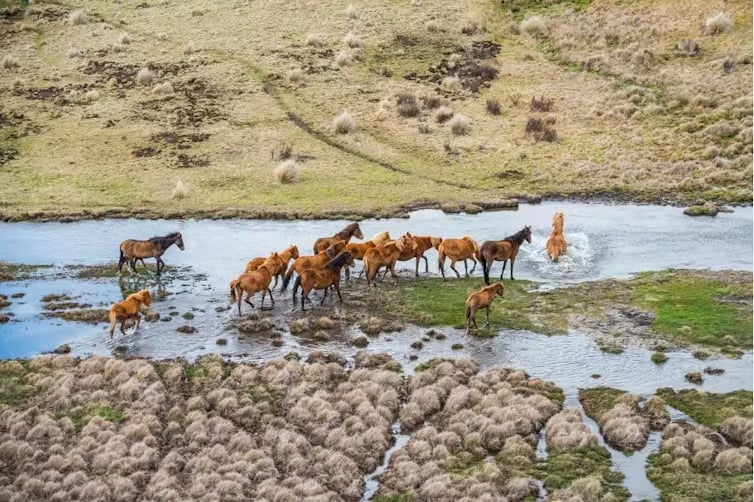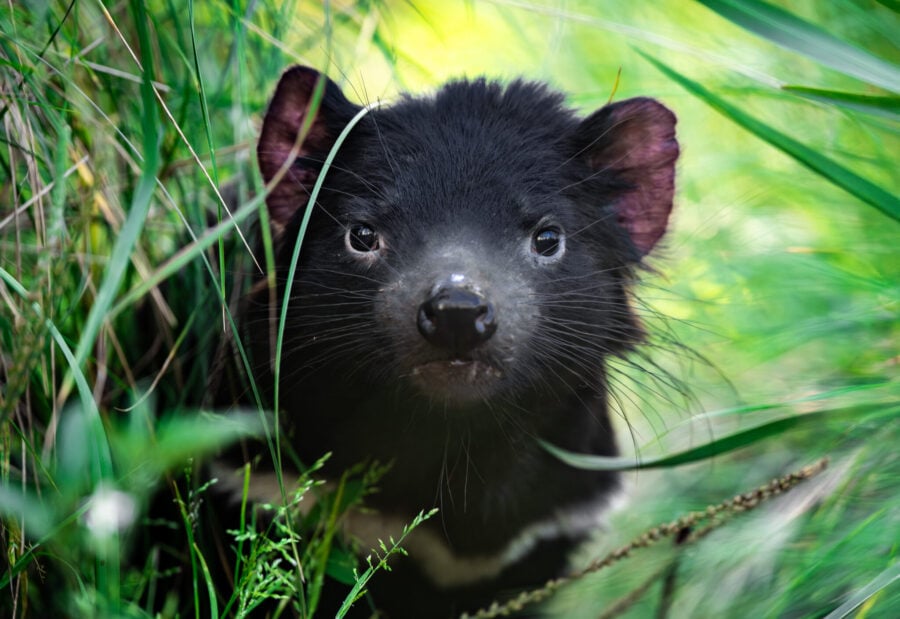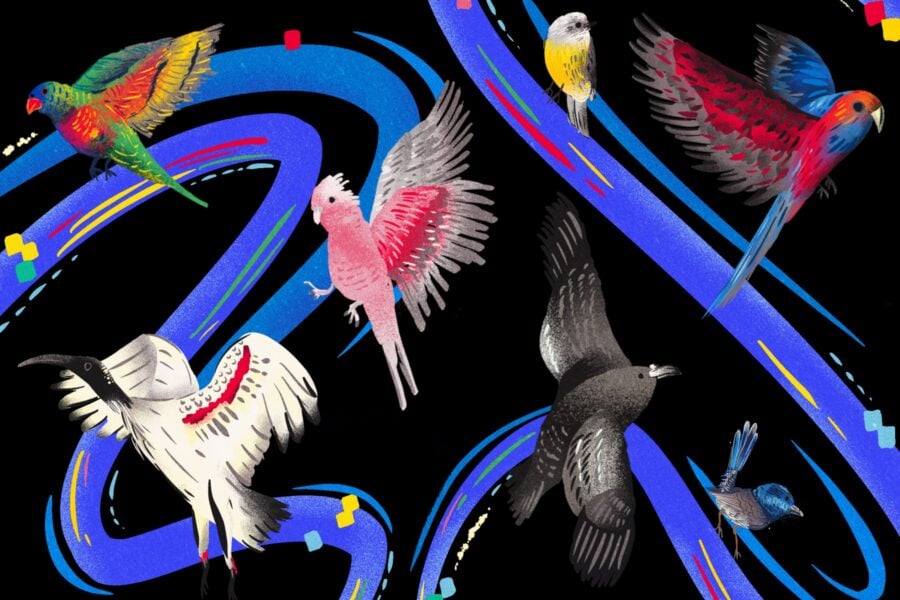Australia’s new mammal

AFTER MORE THAN 20 years in a Queensland Museum drawer, an unusual, unidentified specimen has become Australia’s newest mammal.
The new species, called the buff-footed antechinus, was confirmed in April 2013, after scientists captured living proof of the rat-sized creature at Kroombit Tops National Park, about 400km north-west of Brisbane.
It is the 12th-known member of the antechinus group, which are small carnivorous marsupials.
“As far as we know at present, it is limited to Kroombit Tops,” says lead researcher Dr Andrew Baker, at Queensland University of Technology. “If true, this would give it one of the smallest geographic distributions of any Australian mammal.”
In late 2012, PhD student Thomas Mutton analysed the DNA of the museum specimen, which had been captured in 1992. Researchers had thought it a yellow-footed antechinus but when the sequence was compared with that of other antechinus species, the differences were striking.
“The genetics pointed to a new species,” Andrew says. But they needed to prove it.
Queensland Parks officer Harry Hines helped capture two juveniles at Kroombit Tops in December 2012, the first antechinuses captured there since the museum specimen.
“Thomas ran some genetics and showed all three Kroombit animals to be virtually identical,” says Andrew. But the silver juveniles looked remarkably different from the yellow adult in the museum’s collection.
“We wondered how these little silver beauties could grow into something that looked so utterly different,” says Andrew. Other antechinuses do not change colour dramatically with age.
“The next step required to solve the riddle was clear,” says Andrew. “We needed another adult antechinus from Kroombit.” After setting more than 550 traps, Harry and Thomas captured an adult in April 2013, and testing confirmed it to be the same species.
“This new animal looked just like a larger version of the juveniles,” says Andrew, who concluded that “the ravages of time and an uncertain preservation history had their way with the original specimen”. “Good geneticists can open up a whole new world of discovery and understanding that isn’t possible unless we’re prepared to go deeper than the surface,” says Steve Van Dyck, a curator at Queensland Museum.
He hopes the discovery will ensure the protection of Kroombit Tops.
“Even seasoned taxonomists who describe 200 new species of invertebrates every year look up from their microscopes when one new mammal is described,” he says. “Times are slowly changing for the better, but a new marsupial still carries more public empathy and conservation value than a bucketful of new isopods.”
The full story can be found in Australian Geographic #117.




